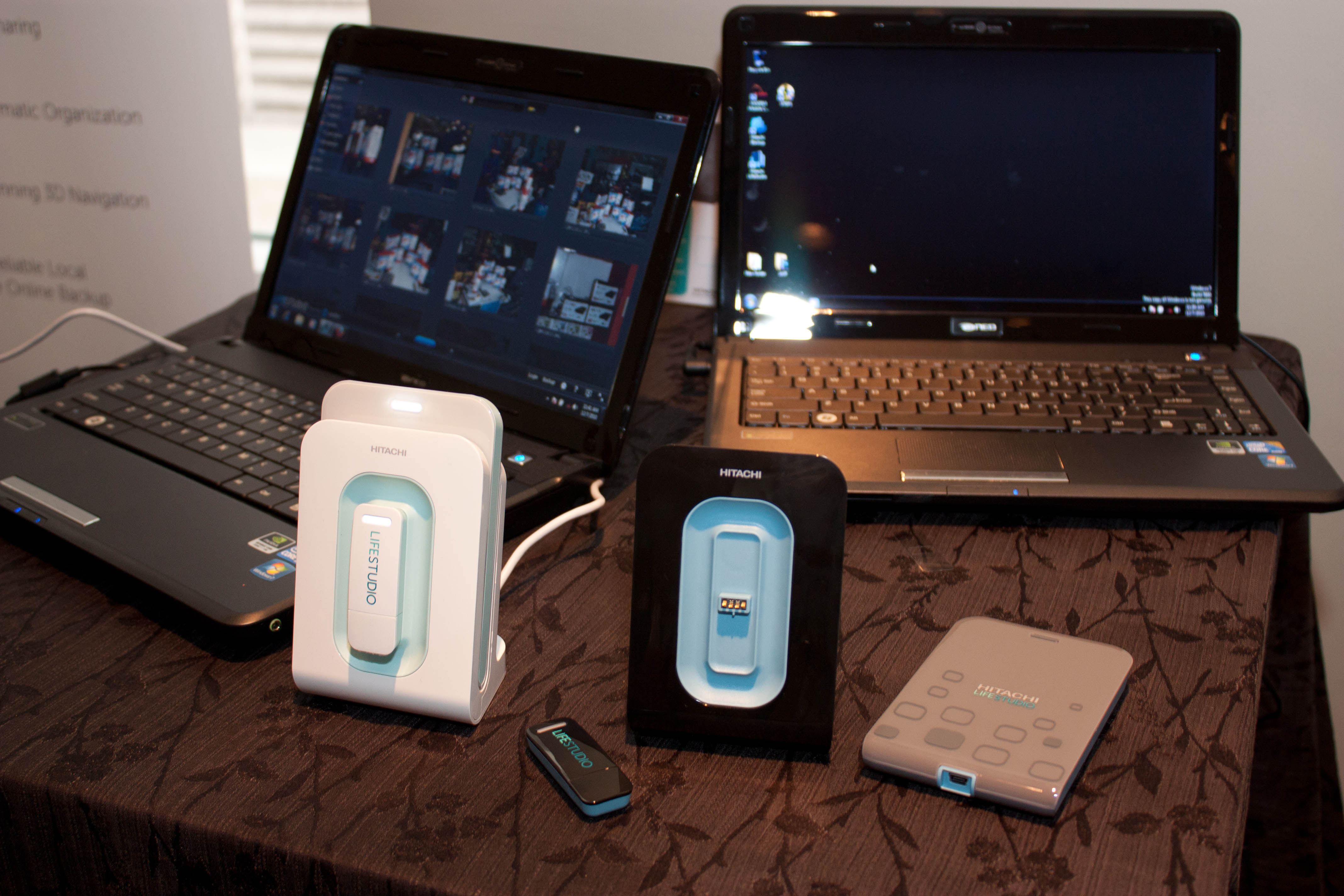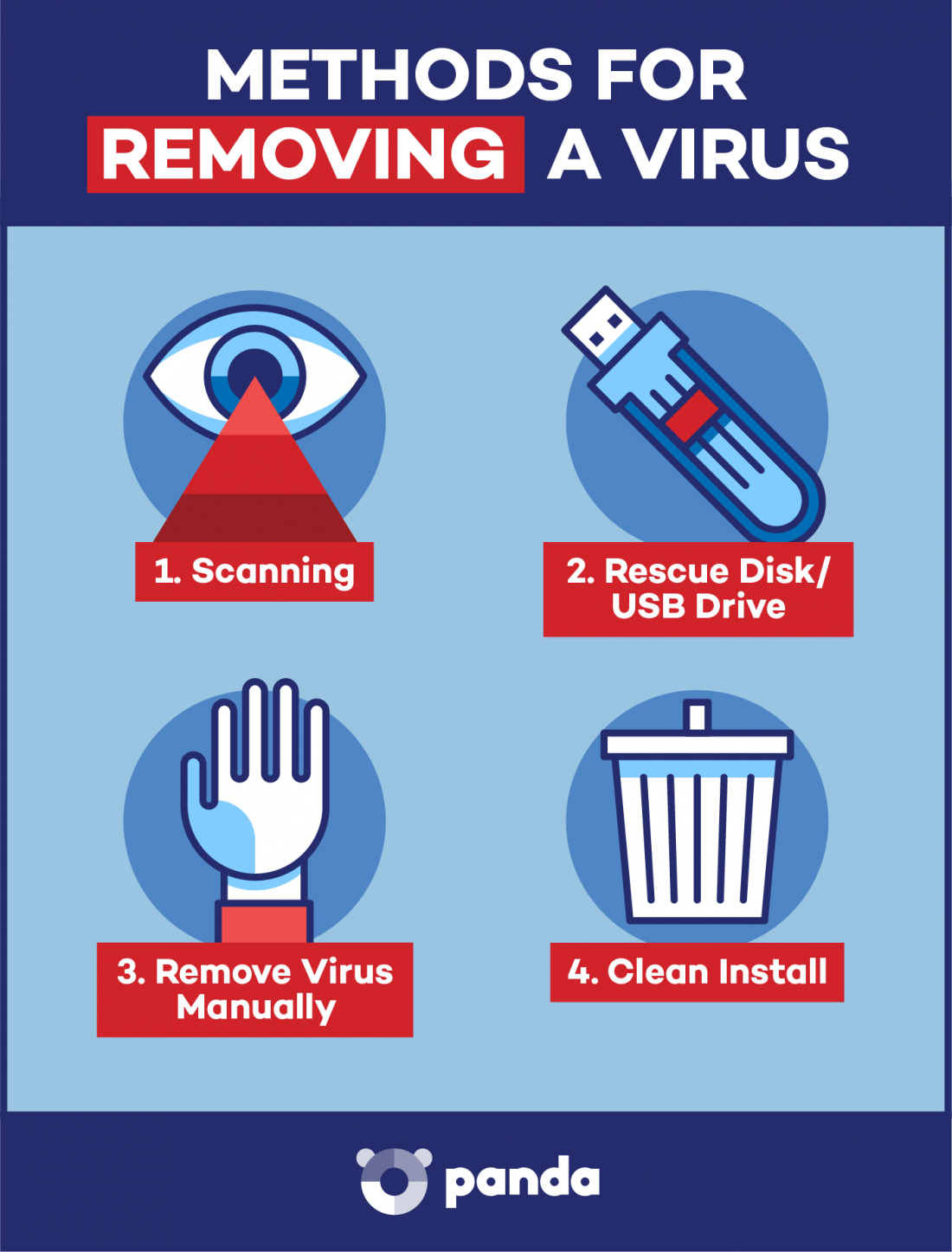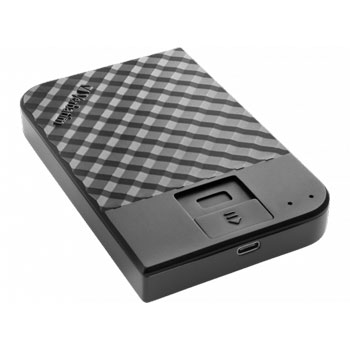

That's right, we're going to attach it to the Linux machine and do a scan of this now "external" drive. First you need to remove that drive from the Windows machine.

And in this article I am going to show you a quick way to achieve this.Īmidst all the simplicity you will enjoy with the Linux scanning, there are a few things you will need. Instead of allowing Windows to boot, I decided it was time take advantage of my good old friend, Linux! That's right, Linux can scan a Windows machine for viruses, and it does it quite well.

The machine was so slow it seemed as if installing a simple anti-virus tool was going to take me an entire 40 hour work week. I attempted to run AVG, Avast, Malwarebytes - but all for naught. When the machine would boot the CPU was pegging out at 100%, causing the GUI to be nearly unresponsive. Recently I came into a client who had a Windows XP machine that contained a nasty little virus that rendered the machine nearly unusable.


 0 kommentar(er)
0 kommentar(er)
